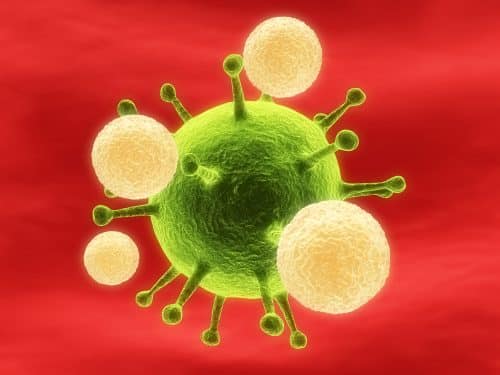After thirty days of evolution, the genomes of the bacteria that developed innovative metabolic properties were sequenced. They discovered that the mutations mainly affect genes involved in transcription and metabolism, and that the innovation tends to develop through mutations in duplicated genes present in the bacterial genome

In evolution the development of significant new features such as wings, flowers, horns or limbs played a central role in enabling the creature to take advantage of new opportunities in its environment.
The open question is just how the integration of the new intention appeared from the genetic aspect. A new study by an international team led by researchers from the University of Oxford used a bacterium to show how gene duplication can serve as a template that allows organisms to develop new traits from redundant copies of existing genes.
Gene duplication has been proposed as a major factor in evolutionary innovation since the XNUMXs, but the current findings have added empirical evidence to support the theory. The research done in collaboration with researchers from the University of Zurich was published in the journal PLOS Genetics.
Professor Craig McLean, Wellcome Fellow in the Department of Zoology at the University of Oxford said: "The emergence of novel traits such as wings and flowers has played an important role in the evolution of biodiversity. However, it is sometimes difficult to understand the genetic changes that actually happened and that led to these evolutionary innovations.
"We took advantage of the ability inherent in a simple bacterial model, where the bacteria develop the ability to eat from a new food source to overcome the obstacle," he said.
The researchers enabled 380 populations of Pseudomonas aeruginosa bacteria to develop innovative properties such as the ability to digest new sugars. This gave the researchers a chance to watch the evolution happening in real time.
After thirty days of evolution, the genomes of the bacteria that developed innovative metabolic properties were sequenced. They discovered that the mutations mainly affect genes involved in transcription and metabolism, and that the innovation tends to develop through mutations in duplicated genes present in the bacterial genome.
Replication drives innovation because the genetic redundancy provided by replication allows the bacterium to develop new metabolic properties without compromising existing properties. These findings raise the hypothesis that past replication events may have been important for future innovations.
Prof. McLean added: "The main insight in our research is that the existence of excess copies of genes provides the bacterium with a template for developing new properties without sacrificing existing properties. In other words, excess genes allow the bacterium to bake the cake and eat it."
"In terrestrial organisms such as animals and plants, duplicated genes appear from spontaneous duplications of existing genes. In contrast, bacteria tend to acquire excess genes from neighboring bacterial cells through lateral gene transfer, which is the bacterial equivalent of sex.
"These findings provide empirical evidence supporting the role of gene duplication in evolutionary innovation, and they hypothesize that it may be possible to predict the ability of a pathogenic bacterium to develop important clinical traits such as virulence or antibiotic resistance."

One response
I did not understand